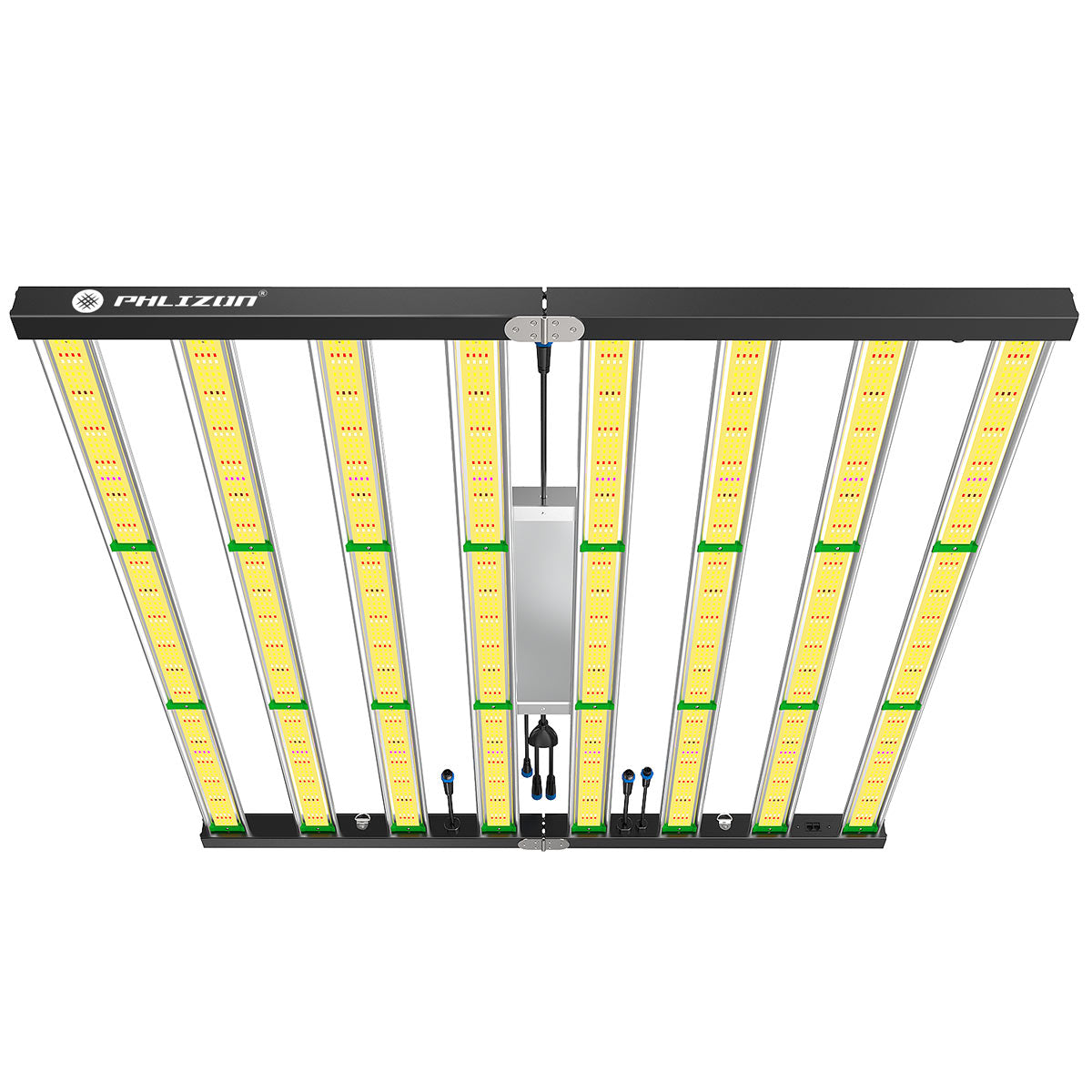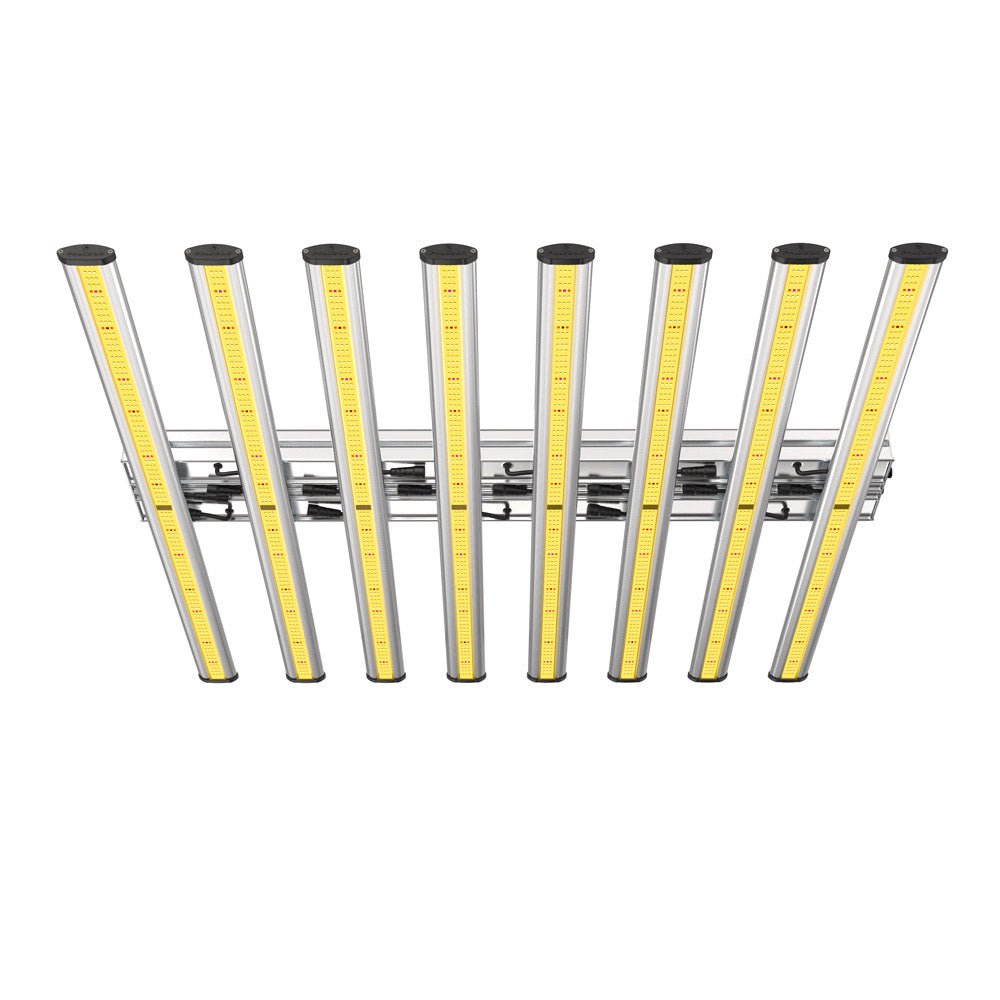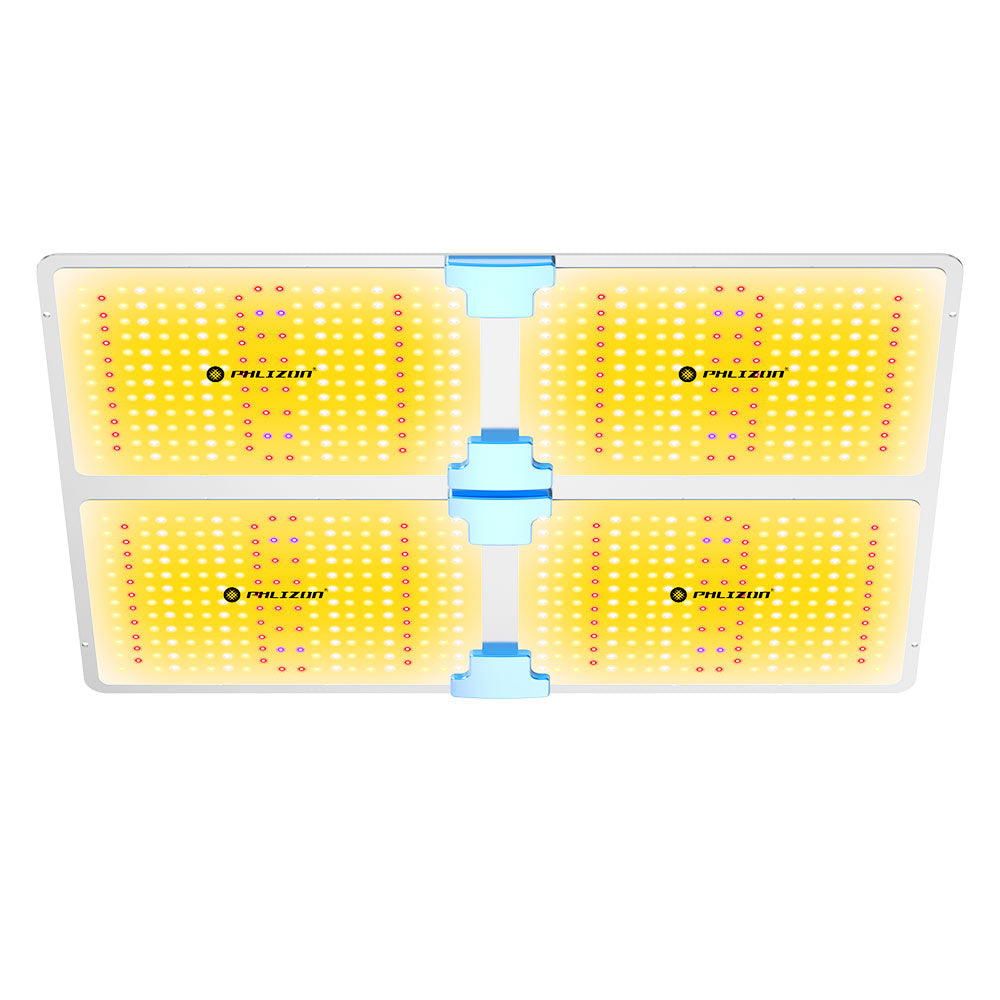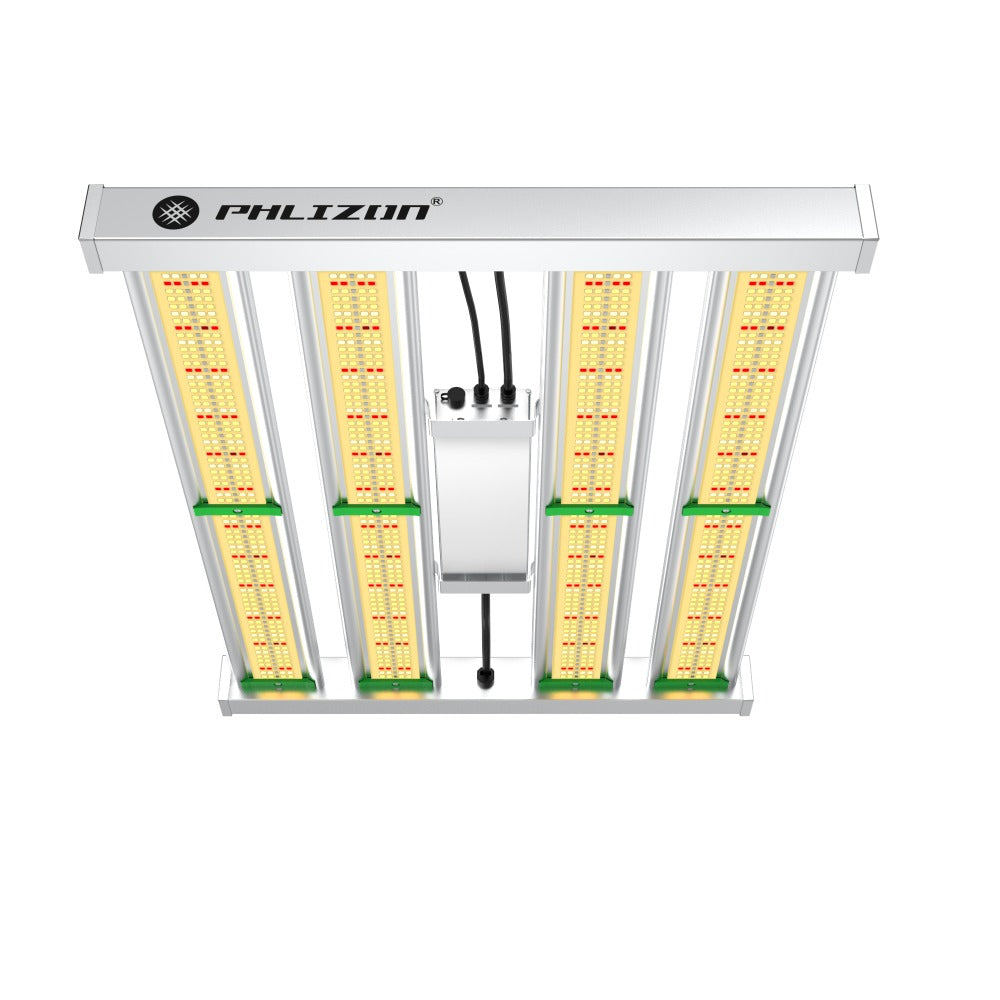Menu
Are LED Grow Lights Better for Plants?
LED grow lights are better for plants because they offer a level of control and efficiency that traditional grow lights, like fluorescent or HID (High-Intensity Discharge) lights, simply can’t match. With LEDs, you can customize the light spectrum to suit specific plants or growth stages—blue light for vegetative growth, red light for flowering and fruiting. This precision ensures plants get exactly what they need, when they need it.
Energy Efficiency and Cost Savings
Compared to traditional lighting systems, LED grow lights are far more energy-efficient. They use up to 60% less electricity than HID lights and produce less heat, which means lower cooling costs for indoor setups. While the upfront cost of LEDs can be higher, the long-term savings are undeniable. Most LED grow lights last 50,000 hours or more—five to ten times longer than traditional bulbs—so you’re not constantly replacing them.
Plant Growth and Yield
Studies have shown that plants grown under LED lights often exhibit faster growth rates, higher yields, and better quality compared to those under other light sources. The ability to fine-tune the spectrum means you’re maximizing photosynthesis. For example, cannabis growers have reported up to 20% higher yields with LEDs versus HPS (High-Pressure Sodium) lights, alongside improved potency and flavor in the buds.

Heat Management
One of the biggest advantages of LED grow lights is how little heat they produce. Traditional lights like HPS or MH (Metal Halide) can scorch plants if they’re too close, and they require serious ventilation to keep grow rooms cool. LEDs run much cooler, so you can position them closer to plants without risking damage. This also simplifies setup—no need for massive fans or ducting, which is a game-changer for small-scale growers.
Versatility for All Growers
Whether you’re growing herbs on a windowsill or running a full hydroponic system, LED grow lights adapt to your space. From a single basil plant to a warehouse of leafy greens, LEDs work for everyone. Small setups benefit from compact, low-heat designs, while commercial operations love the scalability and efficiency. They’re quiet, reliable, and don’t flicker like some fluorescents can.
Environmental Impact
LED grow lights are also a win for the planet. They’re free of toxic mercury—unlike fluorescents—and their energy efficiency cuts down on greenhouse gas emissions. Less frequent replacements mean less waste in landfills, too.
Potential Downsides
LEDs aren’t perfect. The initial investment can sting—quality full-spectrum LED grow lights often cost $100 or more, while a basic fluorescent setup might be half that. And while their lifespan is long, when they do fail, repairs aren’t as simple as swapping a bulb. Still, for serious growers, the benefits often outweigh these hurdles.

Frequently Asked Questions (FAQ)
1. Do LED grow lights really work for plants?
Yes, they’re highly effective. LED grow lights deliver the exact wavelengths plants need for photosynthesis, often outperforming traditional options in growth speed and yield.
2. Are LED grow lights worth the cost?
For occasional growers, the price might seem high, but the energy savings, durability, and plant benefits make them a solid choice for committed gardeners.
3. Can I use regular LED bulbs as grow lights?
Not really. Household LEDs lack the tailored spectrum that grow lights provide, which includes the red and blue light plants crave for optimal growth.
4. How close should LED grow lights be to plants?
Typically, 6-12 inches works well, depending on the light’s strength. Their low heat output lets you place them closer than other lights without harm.
5. Do LED grow lights use a lot of electricity?
No, they’re some of the most energy-efficient grow lights available, consuming far less power than HID or fluorescent systems while still delivering great results.
LED grow lights stand out for their efficiency, adaptability, and plant-boosting power. From hobbyists to large-scale growers, they’re a tough option to top.
Featured blog
- Choosing a selection results in a full page refresh.


















